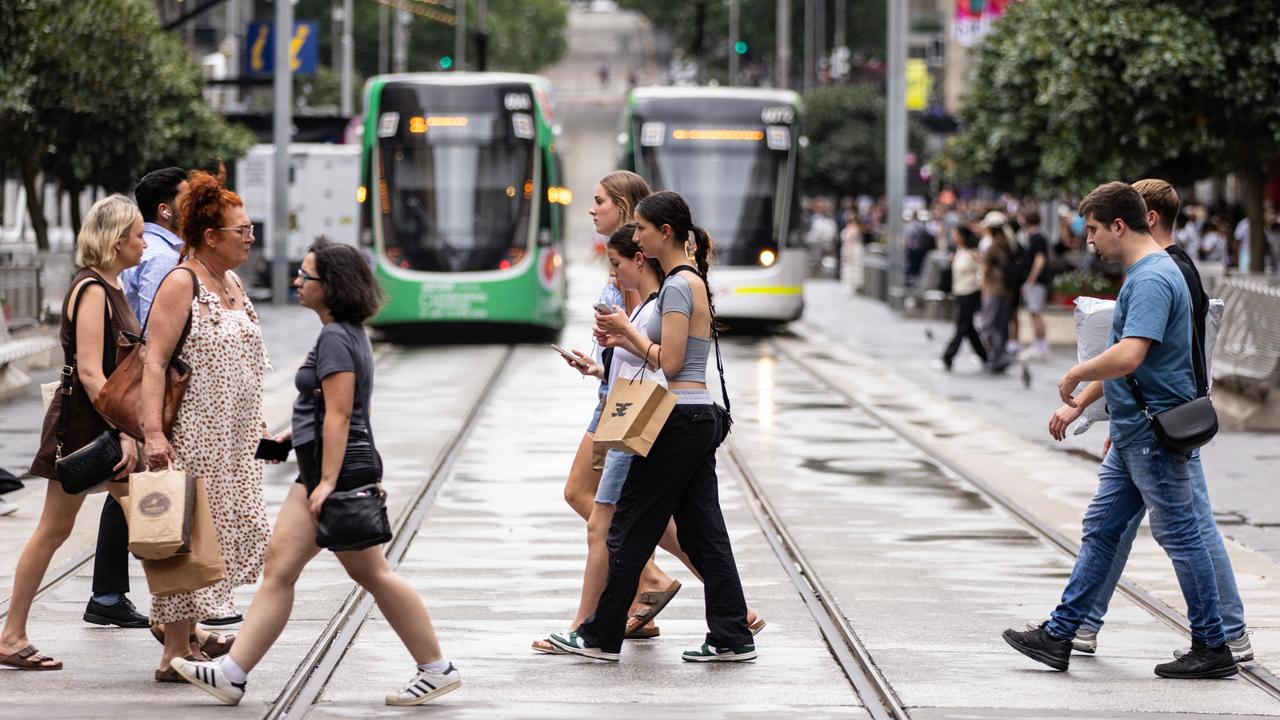Supply and demand: How to navigate your next home renovation without stressing out
What to do now the construction boom has collided with an over-worked, under-supplied building industry.
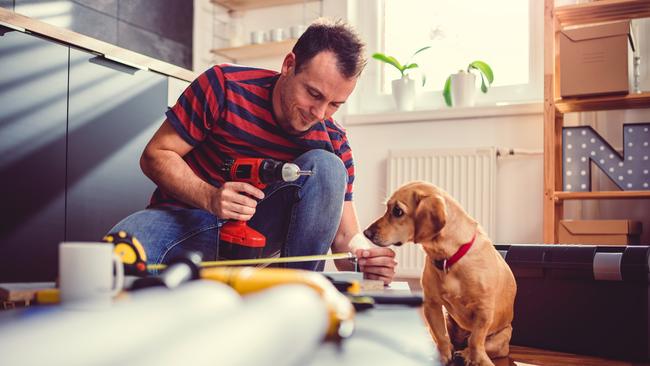
Home
Don't miss out on the headlines from Home. Followed categories will be added to My News.
The building industry boom of the past couple of years coincided with problems never experienced before.
Fuelled by home-bound homeowners seeking improvements and renters biting the bullet and choosing to buy, HomeBuilder, the biggest stimulus package the building industry has seen, allowed consumers to access $15,000-$25,000 grants, leading to an unprecedented level of renovations.
In fact, in its nine months 137,000 grants were signed off and Master Builders Australia estimates it boosted economic activity by more than $120 billion and created more than 374,000 jobs. All things aside, it’s a positive sign to see a thriving industry amid otherwise bleak times.
Take into account low interest rates and homeowners with time on their hands, and the flurry of renovation plans makes complete sense.

But what happened next wasn’t expected.
Long delays in build times due to global material shortages, factories that shut down during lockdowns, a huge demand for freight, the war in Ukraine and increased costs, all of which led to a stressed trade workforce grappling with an intense workload – some pushed to the brink of no return.
Supply chains were under pressure and everyone experiencing difficulties in securing tradies for common jobs. The floods and damage in Queensland and New South Wales didn’t help, and tradies began to feel burned out. The overloaded construction industry was feeling the flow-on effects and is still struggling to catch-up.
And long wait times to secure a tradie aren’t over just yet. All the same, there is light at the end of tunnel, says the Housing Industry Association. Not this year, but perhaps 2023.
“I can’t stress enough how important it is to be realistic in their expectations, most of the issues we are dealing with are outside the builders’ control,” says Stephen Knight, HIA executive director SA.
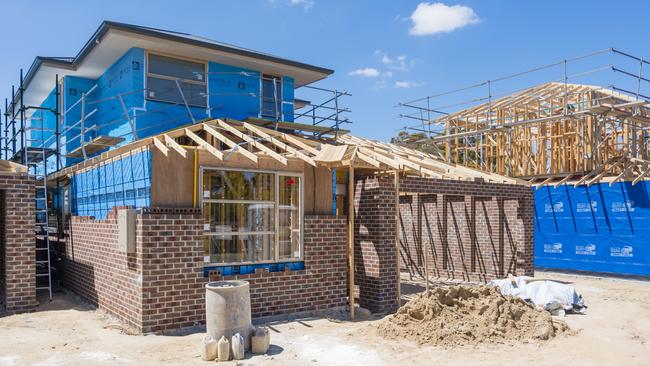
“No builder is immune to these circumstances, but we are working hard to reduce the impact on our clients,” adds Simon Curtis, chief operating officer of GJ Gardner Homes NSW/ACT/WA. As building industry bodies comment, consumers need to get used to the ‘new normal’ and have patience. Here’s what they want you to know.
HOME BUILDING TIMES IMPACTED
On average build time frames have been delayed up to 12 months, says Stephen Knight.
“For an average new home build, time frames from a start on site have blown out from around six months to around 12 months, also not forgetting that getting through the design approval process is also taking longer,” he adds.
Building material shortages are a major cause with supplies that used to take two weeks to arrive now likely to take four to six months, according to Master Builders Victoria, and its universal across all industries. Simon Curtis, of G.J. Gardner Homes, says in addition, cost increases are in excess of 40 per cent on where they were a year ago.
“Historically, we could negotiate prices six to 12 months in advance, but right now we’re seeing some price changes weekly,” he says.
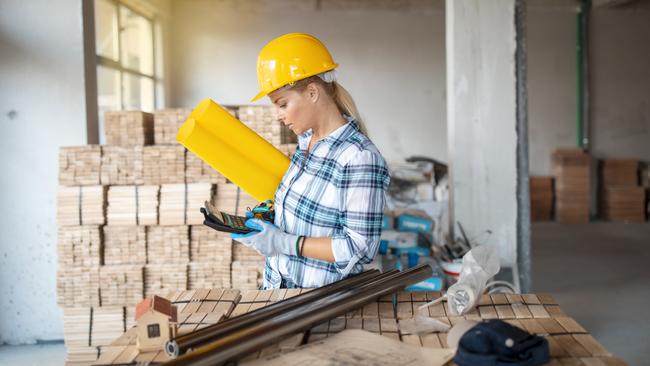
HIGHER HOME BUILDING COSTS ARE HERE TO STAY
We’re afraid to say it, but expect to pay more in future for any type of renovation or home upgrade, even smaller odd jobs. Just as the grocery bill has gone up, so too have costs due to the Australian dollar, inflation, the costs of producing parts and labour.
According to trade platform Hipages, 85 per cent of in-demand tradies have had to increase their prices at least once in the past 12 months citing surging material and petrol prices, staff and subcontractor costs, financial losses and demand as reasons.
“For instance, timber, board and joinery prices have increased more than 20.6 per cent, and other metal products have seen a 16.2 per cent increase,” says Stuart Tucker, hipages chief customer officer. On average, hipages.com.au says tradies increased prices by 19 per cent in NSW, 11 per cent in Victoria, 49 per cent in Queensland, 54 per cent in South Australia and 56 per cent in Western Australia.
According to ANZ senior economist Adelaide Timbrell at the start of 2022, the price of constructing a home went up 3.3 per cent.
“The $25,000 subsidy was actually not enough to reduce the cost of constructing a home for the average person,” she says.
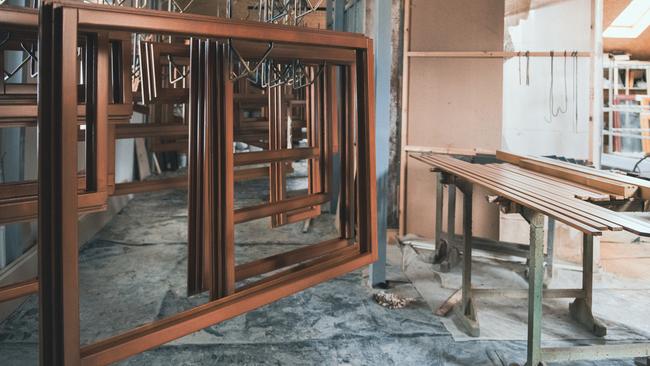
KEY HOME BUILDING MATERIALS IN SHORT SUPPLY
The Great Supply Chain Disruption as it is being known, has seen everything from timber and steel to cement, tiles, shower fittings, even ladders and tools, in short supply or delayed in transit. According to the HIA and Tradifyhq.com, materials currently causing construction delays are plasterboard, external cladding, insulation, windows, doors, framing and joinery materials and roofing.“
Materials that are in short supply correlate closely to where the industry is at in the construction cycle,” says Stephen. “For a long time timber and steel were in high demand as a large number of jobs were started. Current shortages in plasterboard, insulation and joinery products are the next in the construction sequence and after then tiles, appliances and finishing trades. “We are not expecting the market to return to some level of normalcy (supply meets demand) until mid 2023, until that time at least, there will be material and labour shortages.”

LOGIC OF LOGISTICS
We can’t control overseas manufacturing and shipping
Tradies would love to get on with the job, but if you’re missing key components that are manufactured overseas, it’s hard to get a job done. Whether it’s small fixing parts, marble that is stuck on a ship or a backlog in steel production, every little bit impacts causing build delays through no fault of the tradie or builder. The demand for shipping and freight, fuelled by online purchases of all kinds, as well increased costs across the board have impacted supply chains and logistics worldwide.
“Overseas manufacturing and freight is still being impacted by Covid-related issues, though there does seem to be some light at the end of the tunnel,” Stephen says. He adds there simply isn’t enough local manufacturing any more to cope when demand needed it.
“What the recent crisis in supply of materials has shown us, particularly for SA, is the lack of local manufacture of building materials and our heavy reliance on interstate and overseas sources. For many products there is no local manufacturers.”

BUILDING MATERIAL COST INCREASES
Figures track cost increases in the year to March
■ Reinforcing steel 43%
■ Steel beams 41%
■ Structural timber 39%
■ Plywood 29%
■ Electrical cable 27%
■ Plastic pipes 26%
■ Copper pipes 25%
■ Terracotta tiles 21%
■ Metal roofing 20%
■ Insulation 14%
Overall 18%
Source: Master Builders Australia
More Coverage
Originally published as Supply and demand: How to navigate your next home renovation without stressing out



